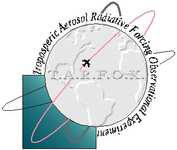
Tropospheric Aerosol Radiative Forcing Observational Experiment
Atmospheric Composition
- 1
- view all deployment datesDeployment
1996-07-07 1996-07-31 - 8
- Platforms
- 5
- Data Products
The Campaign
The Tropospheric Aerosol Radiative Forcing Observational Experiment (TARFOX) was a NASA-led campaign that studied how aerosols affect radiative forcing and climate change. It involved a single deployment in July 1996 along the U.S. eastern coast. The site was chosen because it is the source of one of the world’s largest plumes of industrial haze that crosses the Atlantic Ocean. NASA aircraft, the ER-2 and C-130, satellites, ships, and ground-based instruments were used to measure aerosol properties and evaluate their impact in the study area. TARFOX received funding from multiple agencies, such as NASA, the National Science Foundation (NSF), and the Department of Energy (DoE).
N: 39.79°N
S: 36.01°N
W: 76.54°W
E: 72.56°W
no campaign DOI available
- ASDC repository website for TARFOX
- An overview of the TARFOX campaign
Additional Notes
Repositories
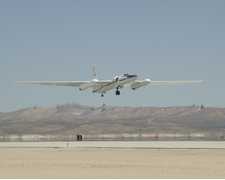
NASA Earth Resources-2 Aircraft
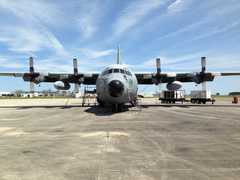
C-130 Hercules
Cessna Pelican
S.S. Meridian
M/V Zenith
Convair C-131 Samaritan
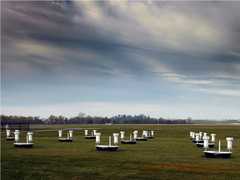
Field Site
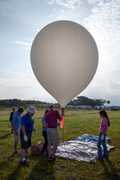
Balloon Launch Site
Events
Filter data products from this campaign by specific platforms, instruments, or formats.
